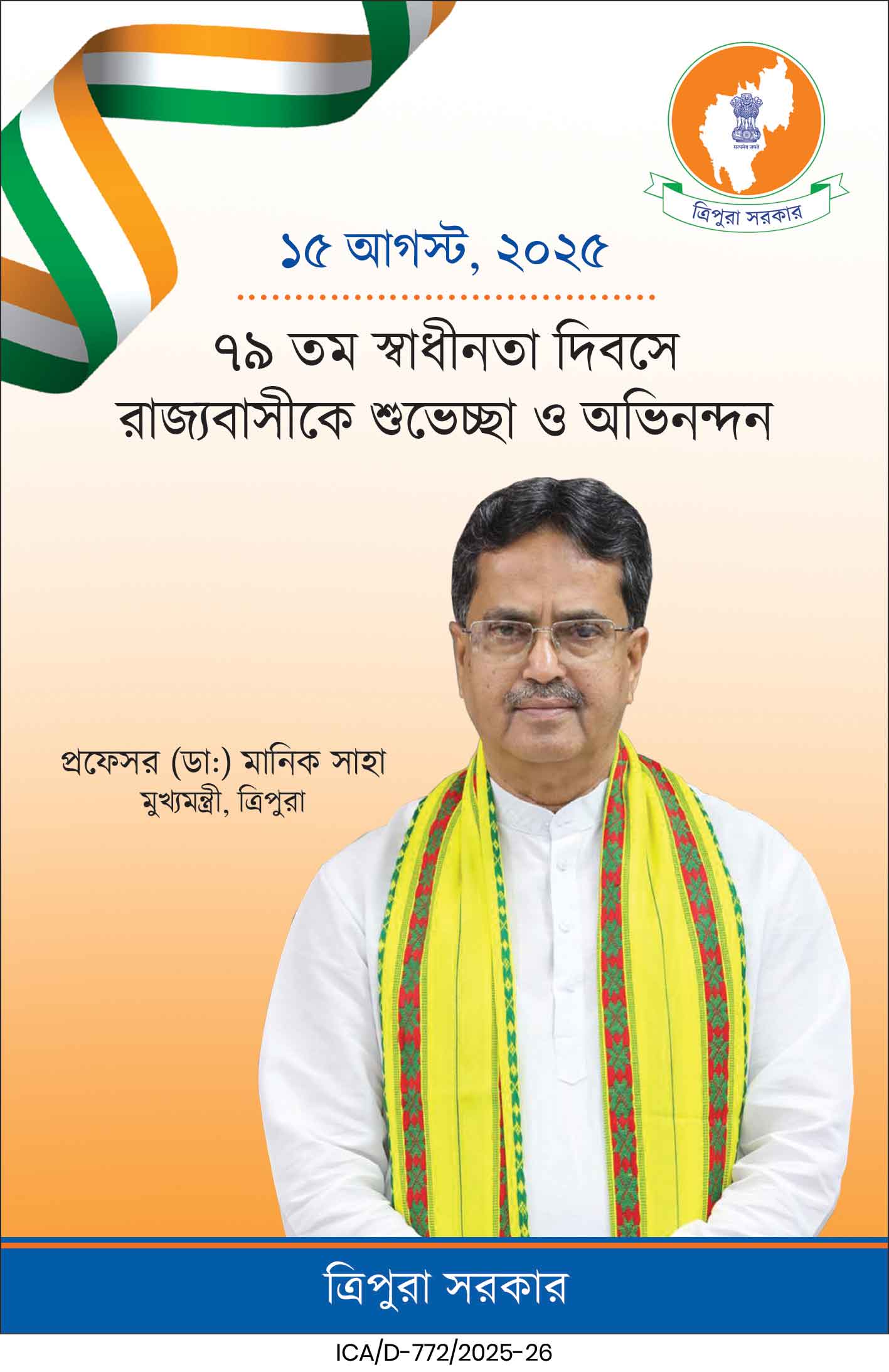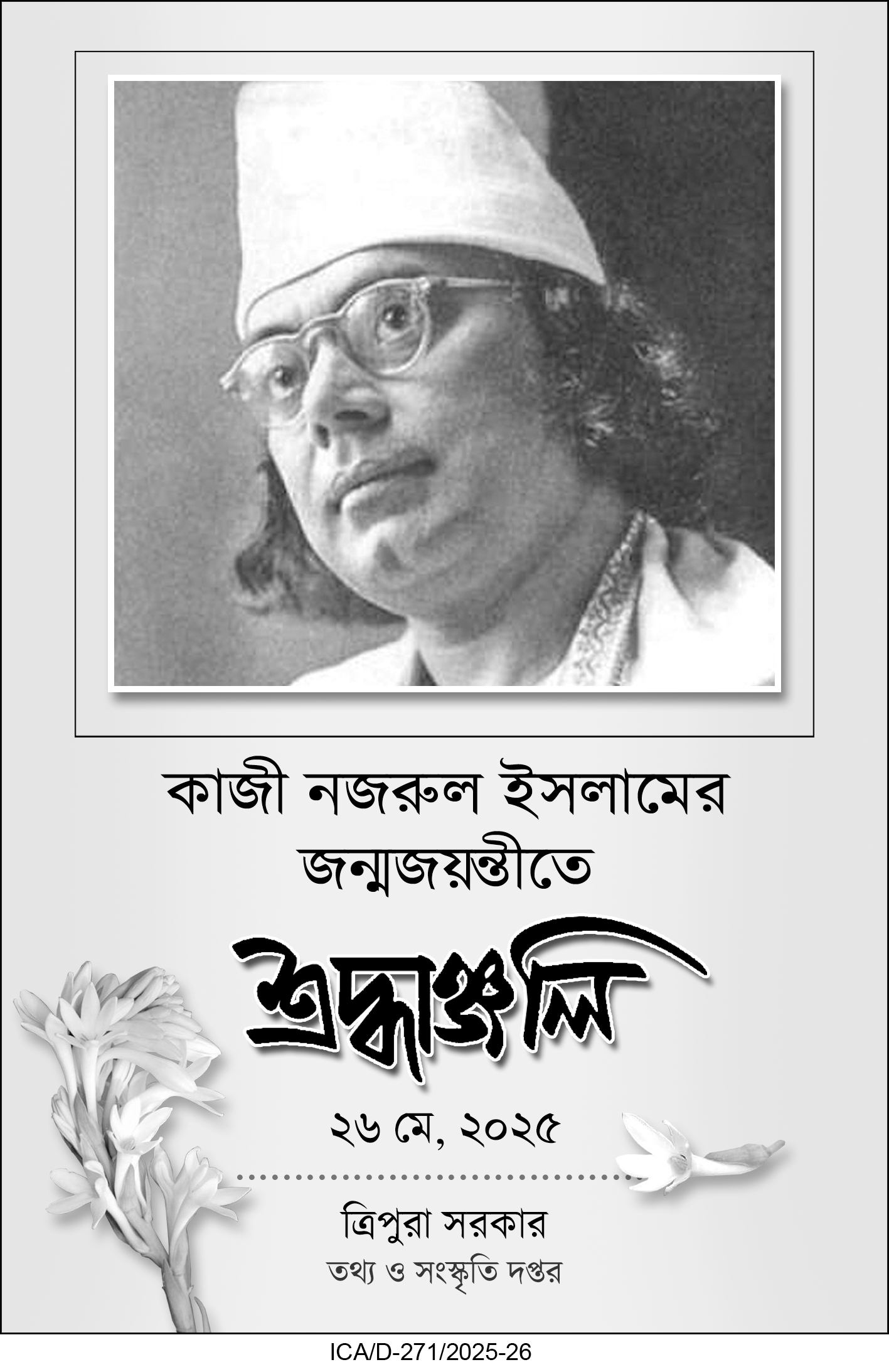Nagaland’s proximity to the Golden Triangle has turned it into a drug trafficking hotspot. Police and government agencies are intensifying efforts to combat the menace through enforcement, awareness, and harm reduction strategies, especially along border routes and highways. Over 270 cases and 465 arrests highlight the state’s ongoing drug war.
Senior law enforcement officials in Nagaland have raised concerns about the increasing challenges posed by drug trafficking in the state due to its geographical proximity to the infamous ‘Golden Triangle’ — one of the world’s largest hubs for narcotics production and smuggling.
On the occasion of the International Day Against Drug Abuse and Illicit Trafficking, Kohima-based Superintendent of Police (Narcotics), Shinde Suresh Kailasrao, highlighted the gravity of the situation. Addressing media personnel, he pointed out that Nagaland shares a 215-kilometre-long porous and unfenced border with Myanmar, placing it in a vulnerable position for being used as a major drug transit point.
“The Golden Triangle, located close to India’s borders, has become a significant source of various drugs. This proximity has unfortunately forced Nagaland into becoming a conduit for narcotic substances being transported to other Indian states,” Kailasrao explained.
He added that the constantly shifting nature of drug trafficking routes has made enforcement a challenging task for the police and other agencies. “Traffickers keep changing their transit routes, making it difficult to consistently monitor and intercept drug consignments,” he said.
According to the senior IPS officer, Nagaland Police have ramped up efforts to combat drug-related crimes under the state’s “War Against Drugs” campaign initiated by Chief Minister Neiphiu Rio. Over the past 18 months alone, authorities have registered 270 cases under the Narcotic Drugs and Psychotropic Substances (NDPS) Act, 1985, and arrested 465 individuals in connection with drug trafficking.
Significant drug seizures, including heroin and ganja, have predominantly occurred along the Dimapur-Imphal stretch of National Highway-2, which has emerged as a key route for smugglers.
Beyond law enforcement, Nagaland Police have also launched several awareness campaigns targeting schools and local communities. “The theme for this year’s International Day Against Drug Abuse, ‘Break the Cycle,’ reminds us that prevention is as crucial as enforcement. Reducing demand is the first step in cutting off the supply chain,” Kailasrao said.
He urged the public to act as partners in the fight against drug trafficking by sharing credible information with the police, assuring that informants’ identities would be kept strictly confidential.
Joining the conversation, Bernice D, Joint Director (Prevention) of the Nagaland State AIDS Control Society, emphasized the broader implications of drug abuse on public health and society.
She said the government is taking a multi-pronged approach by focusing on three core strategies — supply reduction, demand reduction, and harm reduction. “The fight against drugs cannot be fought in isolation. All departments of the state government are taking the issue seriously and contributing to a united response,” Bernice noted.
She further elaborated on the socio-economic and psychological aspects of drug addiction, calling for a more holistic approach. “Drug abuse is not just a criminal issue. It has biological, psychological, and socio-economic dimensions that require a broad-based intervention,” she said.
| Also Read: Landslides disrupt Northeast train services for 3rd day |
Addressing the health implications, Bernice shared that although HIV prevalence in Nagaland has seen a sharp decline over the past two decades, the risk remains high due to drug abuse practices such as needle sharing. “We are also working to ensure that drug users are not exposed to infections like HIV/AIDS through targeted awareness and harm reduction programs,” she added.
Despite the complex and entrenched nature of the problem, both officials maintained that a collaborative effort from the police, government agencies, media, and the general public could bring significant change. They stressed that with continued vigilance and coordinated strategies, the cycle of drug abuse and trafficking can be broken.





